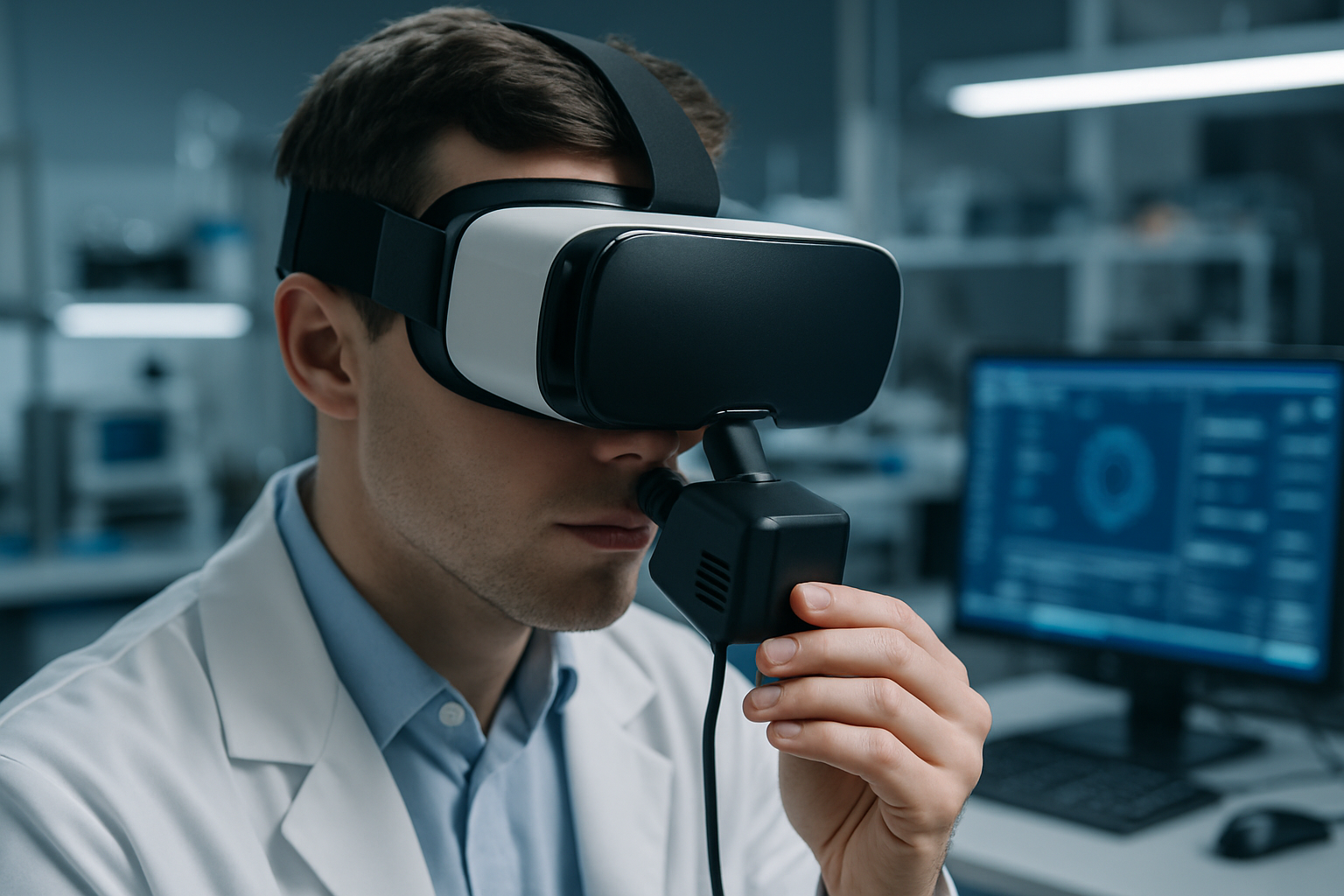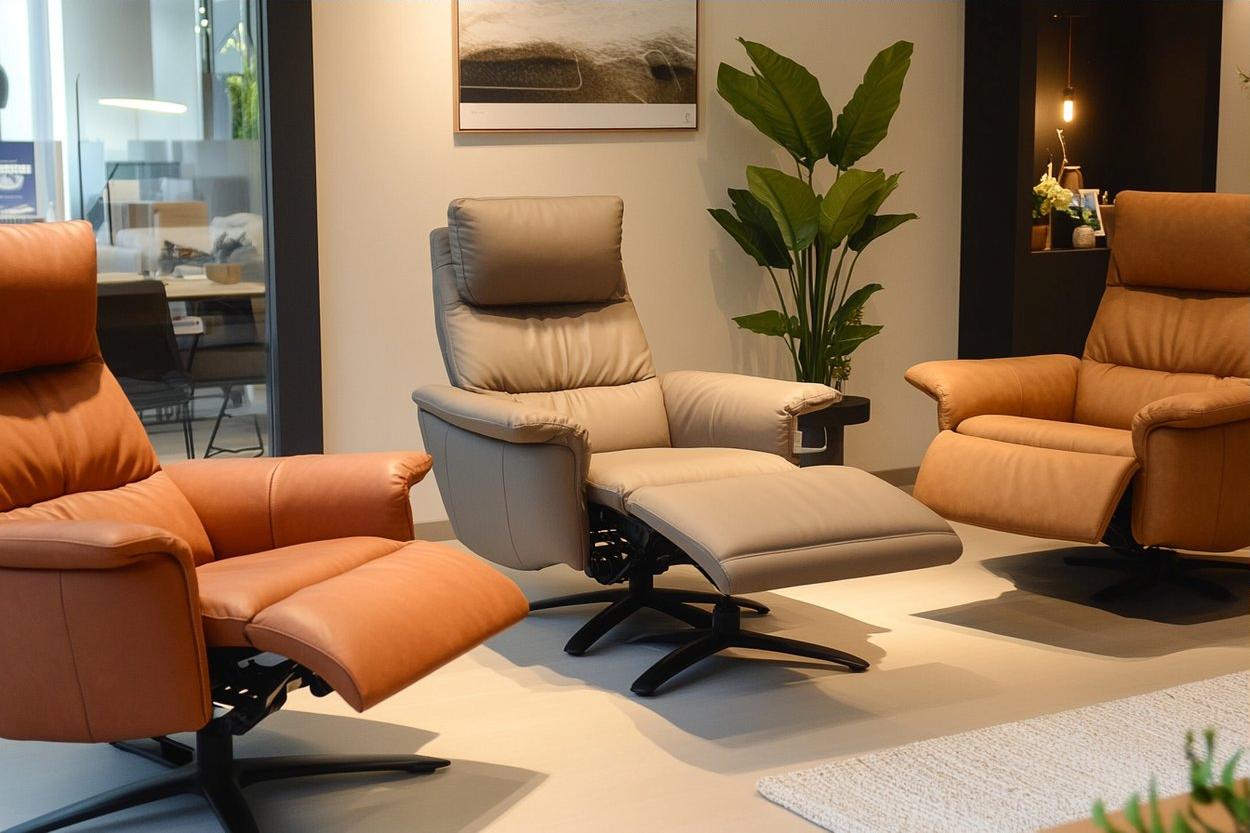The Whisper of Holographic Sound: Audio's Next Frontier
In a world where visual technology often takes center stage, a revolutionary audio innovation is quietly emerging. Holographic sound, a technology that creates three-dimensional audio experiences, is poised to reshape how we interact with and perceive sound. This cutting-edge development promises to transform everything from home entertainment to virtual reality, offering listeners an unprecedented level of immersion and realism.

The core principle behind holographic sound is based on the acoustic radiation force, which occurs when high-frequency sound waves interact with air molecules. By carefully modulating these ultrasonic waves, researchers can create areas of higher and lower air pressure, essentially sculpting sound in midair.
From Science Fiction to Reality
The concept of holographic sound may seem like something out of a sci-fi novel, but its roots can be traced back to the 1970s. Early experiments in acoustic levitation laid the groundwork for today’s more sophisticated applications. However, it wasn’t until recent advancements in ultrasonic transducer technology and computational power that the true potential of holographic sound began to be realized.
In 2015, researchers at the University of Bristol made a significant breakthrough by demonstrating the ability to create three-dimensional shapes using ultrasonic waves. This paved the way for more complex audio holograms, bringing us closer to the dream of true spatial sound manipulation.
Beyond Traditional Audio Boundaries
One of the most exciting aspects of holographic sound is its ability to transcend the limitations of traditional audio systems. Conventional speakers rely on the principle of wave propagation, which inherently leads to sound dispersion and potential quality loss over distance. Holographic sound, on the other hand, can maintain its clarity and directionality over longer ranges.
This technology also opens up new possibilities for personalized audio experiences. Imagine walking through a museum where each exhibit has its own sound bubble, allowing multiple audio tracks to coexist in the same space without interference. Or picture a concert where different sections of the audience can experience tailored sound mixes without the need for headphones.
Applications Across Industries
The potential applications of holographic sound extend far beyond entertainment. In the medical field, researchers are exploring its use in non-invasive surgery and targeted drug delivery. By focusing ultrasonic waves, doctors could potentially manipulate small objects within the body or deliver medication to specific areas without the need for invasive procedures.
In the realm of human-computer interaction, holographic sound could revolutionize touchless interfaces. By creating tactile feedback in midair, users could interact with virtual objects in augmented reality environments, adding a new dimension to immersive experiences.
Challenges and Future Developments
Despite its promise, holographic sound technology still faces several challenges before widespread adoption. Current systems are limited in their output power and struggle to reproduce the full frequency range of human hearing. Additionally, creating complex, dynamic sound fields in real-time requires significant computational resources.
Researchers are actively working to overcome these limitations. Advancements in metamaterials and phased array technologies are improving the efficiency and control of ultrasonic transducers. Meanwhile, machine learning algorithms are being developed to optimize sound field generation in real-time, potentially leading to more responsive and adaptable systems.
As holographic sound technology continues to evolve, we can expect to see its integration into various consumer products. While exact pricing for future applications is speculative, industry analysts predict that initial consumer-grade holographic sound systems could range from $500 to $2000, depending on their complexity and capabilities.
The impact on the audio market could be substantial, with some experts forecasting that holographic sound could capture up to 15% of the high-end audio market within the next decade. This shift could disrupt traditional speaker manufacturers and create new opportunities for companies specializing in spatial audio technologies.
In conclusion, holographic sound represents a paradigm shift in audio technology, offering unprecedented control over the spatial properties of sound. As research progresses and the technology matures, we stand on the brink of a new era in audio experiences—one where sound becomes as tangible and manipulable as light. The whisper of holographic sound may soon become a resounding voice in the future of technology.





